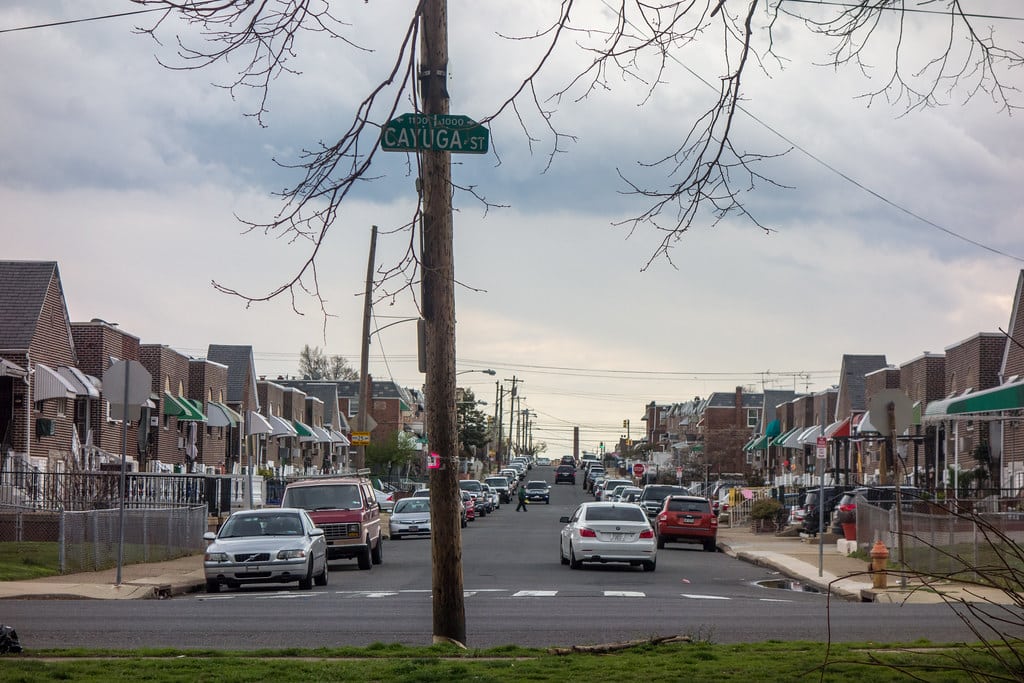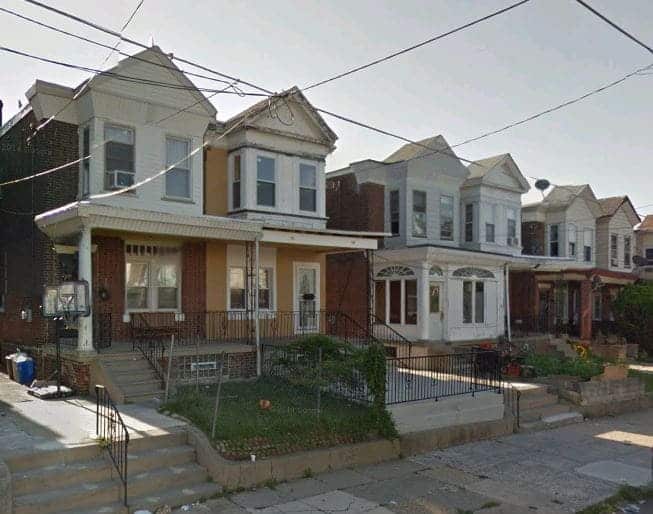Juniata Park in Philadelphia
Juniata Park, also simply known as Juniata, is a vibrant neighborhood located in North Philadelphia. This working-class community, predominantly Hispanic and Caucasian, is a testament to Philadelphia’s rich cultural tapestry. Lying south of the Juniata Golf Club in Tacony Creek Park, it is encircled on the east by Frankford, the west by Feltonville, and the south by Harrowgate and Port Richmond. Its borders are demarcated by G Street to the west, Juniata Park to the north, Tacony Creek to the east, and the SEPTA rail tracks to the south. Sharing the ZIP code of 19124 with the nearby neighborhood of Frankford, Juniata Park is a multifaceted neighborhood that deserves a closer look.
Historical Journey
The history of Juniata Park is deeply rooted in Philadelphia’s past. Prior to the 1920s, this area was primarily farmlandJuniata Park, also simply known as Juniata, is a vibrant neighborhood located in North Philadelphia., with Nicetown Lane serving as a major thoroughfare. This lane ran from near the junction of B St. and Erie Avenue to what is now Pike Street and Frankford Avenue. Another significant lane, Powder Mill Lane, extended from the current Wingohocking Street in Frankford to Nicetown Lane.
The development of Juniata Park as a residential area began in the mid-1920s. The first row homes sprang up near Castor Avenue and Luzerne Street, marking the inception of a vibrant community. The western region of Juniata, around I and Cayuga Streets, saw significant development in the 1950s.

Infrastructure and Amenities
Juniata Park is well-connected with other parts of Philadelphia, with the Market–Frankford Line providing convenient public transportation. The Erie-Torresdale Station, a key stop on this line, is located at the intersection of Erie and Torresdale Avenues.
The neighborhood is home to a weekly community newspaper, The Juniata News, which has been keeping locals informed since its first publication in July 1934. Most commercial establishments, including retail outlets and eateries, can be found along Castor, Hunting Park, and Erie Avenues.
One of the notable landmarks in Juniata Park is the Carl Mackley Houses, now apartments, built in 1935. This residential block is bounded by Castor Avenue, Bristol, M, and Cayuga Streets.
Recreational Spaces
Juniata Park offers plenty of recreational opportunities for its residents. In the 1960s and 1970s, the neighborhood’s two playgrounds, the green acres around the golf course, and a small stable at K Street and East Sedgley Avenue were popular among children.
The Juniata municipal golf course, designed by Ed Ault in 1930, is an 18-hole, par-66 course. The Frankford Creek, flowing through the course, serves as a water hazard for six holes, adding to the challenge and charm of the course.
Juniata Park is home to 13,617 residents, boasting a diverse population. When the neighborhood was largely built in the 1920s and 1930s, it was primarily inhabited by German-Americans. The community was known for its German bakeries, delicatessen/grocery stores, Jewish grocery and drug stores, and a strong union presence.
Over the past two decades, the area has seen a demographic shift. It transitioned from a predominantly working-class Irish American community to a largely middle-class Puerto Rican and Dominican community. As of 2010, the neighborhood demographics were 59.6% Hispanic, 18.1% White, 14.5% Black, and 7.7% Asian and other.
Despite the rise in crime rates over the past decade, like much of the city’s Lower Northeast neighborhoods, the community spirit remains strong, with residents taking pride in their neighborhood’s rich history and multicultural identity.
